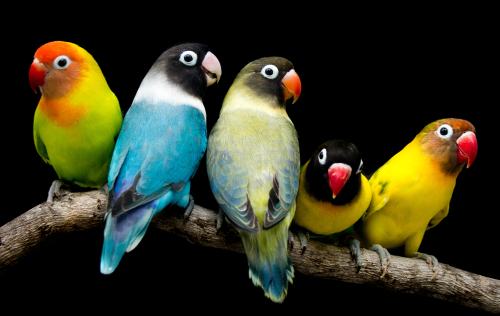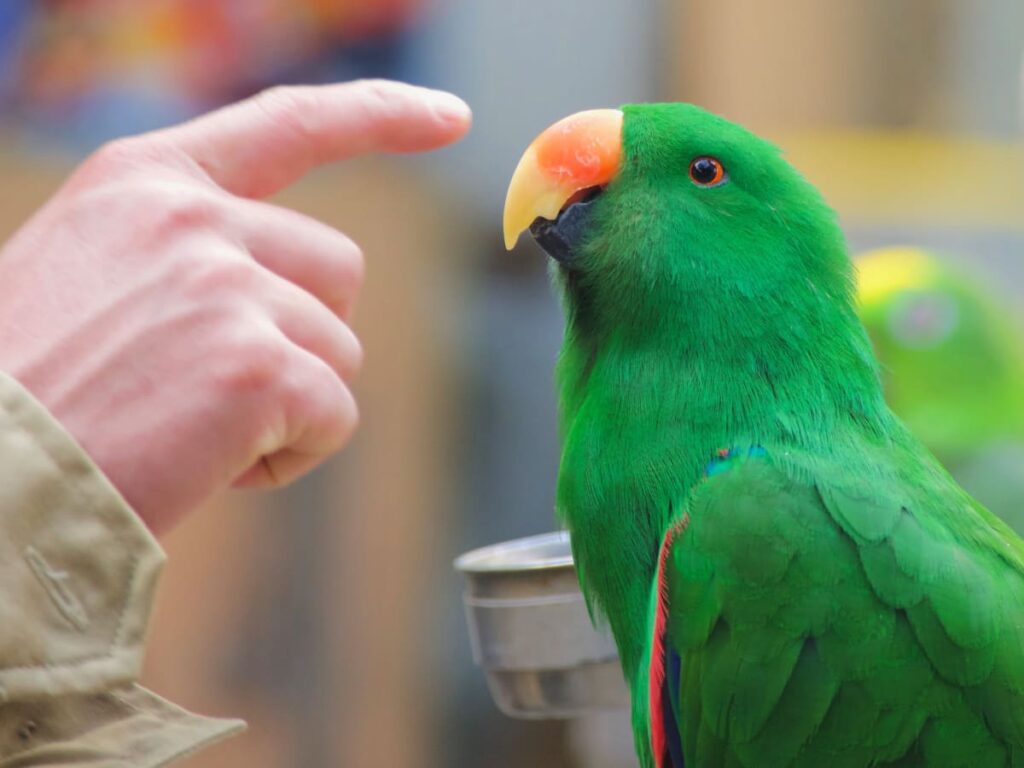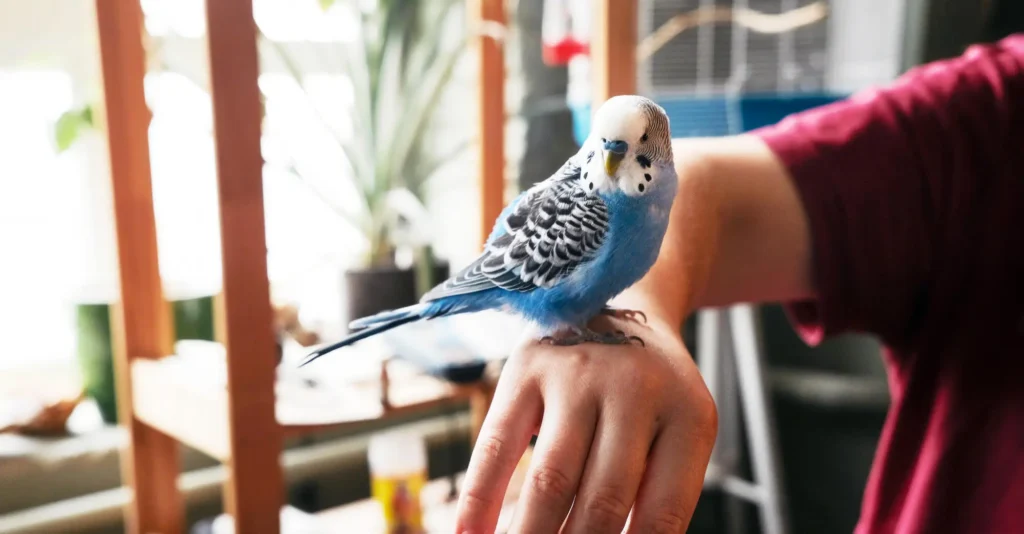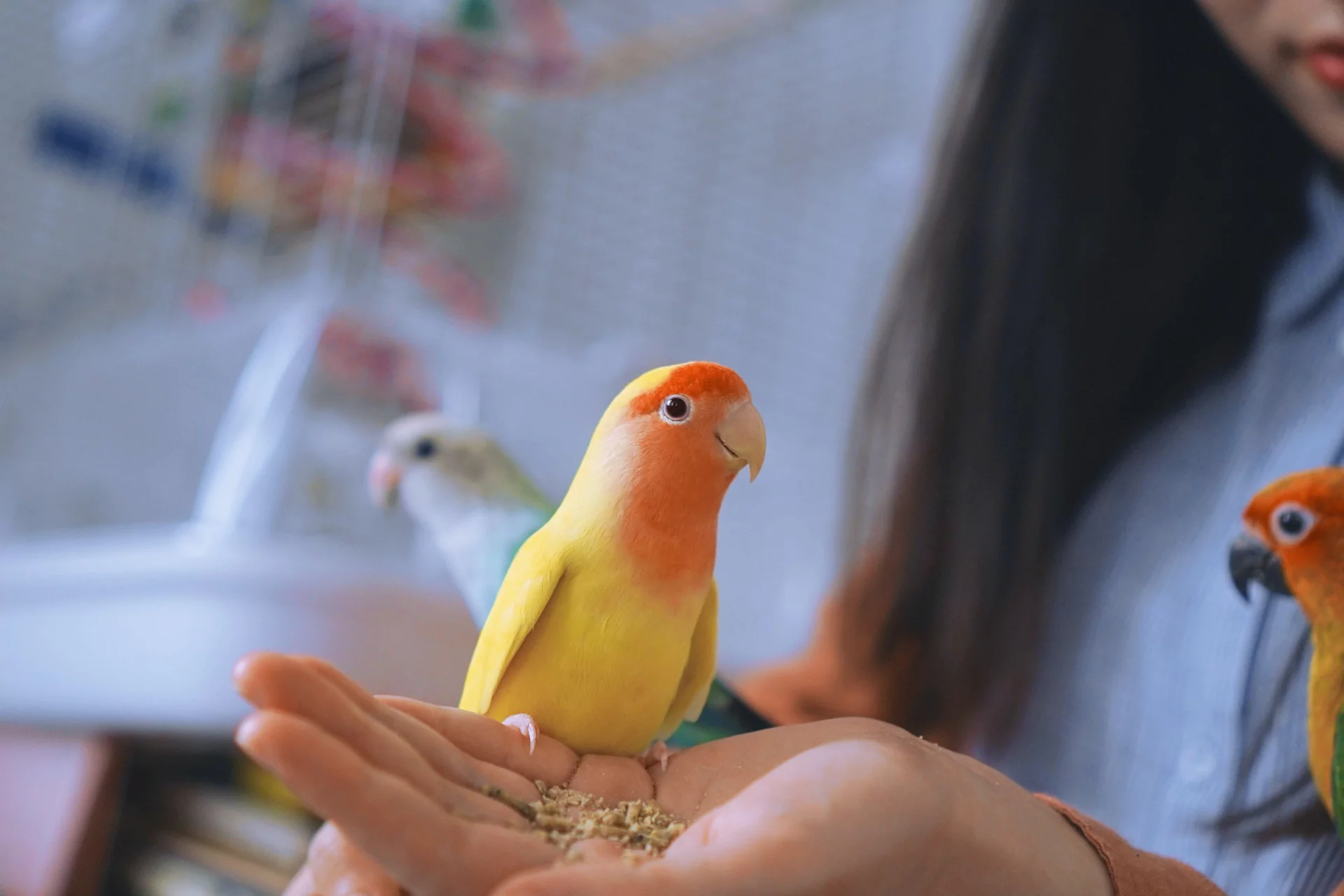Birds as pets have gained immense popularity, and among the myriad of choices, talking birds stand out for their ability to communicate and entertain. If you’re considering a feathered companion that not only brightens your home but also engages in delightful conversations, you’re in for a treat. In this article, we’ll explore the best birds for pets that talk, delving into their unique qualities and the nuances of training them.
Table of Contents
Choosing the Best Birds for Pets

Before embarking on the journey of having a talking bird as a pet, it’s crucial to conduct thorough research. Each species comes with its own set of characteristics, and factors like size, temperament, and lifespan should be carefully considered. Understanding your commitment and the specific needs of the bird is paramount.
Top Birds for Pets
- African Grey Parrot:
- Intelligence and speech mimicry.
- Caring challenges due to their brilliance.
- Budgerigar (Budgie):
- Smaller companion with a friendly nature.
- Can be trained to talk with consistent effort.
- Amazon Parrot:
- Vibrant personalities and excellent vocal capabilities.
- Various species are available, allowing for a choice based on lifestyle.
- Cockatiel:
- Playful and affectionate demeanor.
- Training techniques for talking were discussed.
- Eclectus Parrot:
- Known for stunning colors and clear speech.
- Specific dietary needs for optimal health.
- Lovebirds:
- Social and charming with surprise mimicry skills.
- Emphasis on companionship and suitable environments.
- Macaws:
- Majestic appearance and impressive vocal capabilities.
- Need a spacious environment due to their large size and active nature.
- Quaker Parrot:
- Sociable and trainable with natural chatter and mimicry.
- Insights into nurturing a strong bond with them.
These summaries offer a glimpse into the unique characteristics of each bird, providing potential bird owners with a starting point for choosing the perfect avian companion based on their preferences and lifestyles.
Training Your Pet Bird to Talk

Building a strong bond with your pet bird is crucial before embarking on the journey of training them to talk. Here are some essential steps to establish a connection with your feathered friend:
- Quality Time Together: Spend quality time with your bird outside of training sessions. Sit near the cage, read a book aloud, or simply talk to your bird in a soothing voice. This helps your bird get used to your presence and voice.
- Respect Their Space: Allow your bird to come out of its cage at its own pace. Never force them out, as it may lead to fear and stress. Give them the freedom to explore and return to their cage as they feel comfortable.
- Positive Reinforcement: Use positive reinforcement techniques to reward good behavior. When your bird responds positively to your presence or engages in activities you want to encourage, offer treats, praise, or affection.
- Gentle Handling: Handle your bird gently and with care. Birds can be sensitive to sudden movements, so approach them slowly and avoid making loud noises. This helps build trust and minimizes stress.
- Observation: Pay attention to your bird’s body language. Understanding their signals will help you gauge their comfort level and adjust your interactions accordingly.
Now that you have established a strong bond, you can move on to the next step: consistent interaction for teaching your bird to talk.
Consistent Interaction and Talking Sessions:
- Set a Routine: Establish a routine for talking sessions. Birds thrive on routine, and having a consistent schedule will help them anticipate and engage in the training sessions.
- Choose a Quiet Environment: Find a quiet and calm environment for your talking sessions. This minimizes distractions and allows your bird to focus on the training.
- Start with Simple Words: Begin with simple and frequently used words. Repeat these words clearly and consistently. Birds often learn better with repetition.
- Mimicry: Birds are natural mimics, so mimic the words and phrases you want them to learn. Use a cheerful and animated tone to capture their interest.
- Patience and Perseverance: Understand that learning to talk is a gradual process. Be patient and persistent, and avoid getting frustrated if progress seems slow. Celebrate small victories and continue reinforcing positive behavior.
Remember, each bird is unique, and the pace of learning may vary. Consistency, patience, and a positive approach are key to successfully training your pet bird to talk.
Ensuring the Well-being of Pet Birds

Ensuring the well-being of your pet bird involves various aspects, including providing a balanced diet and regular veterinary check-ups. Here’s a guide to both:
Balanced Diet for Pet Birds:
- Species-Specific Diets: Different bird species have varying nutritional requirements. Research and understand the specific dietary needs of your bird species, whether it’s a parakeet, cockatiel, parrot, or any other type.
- Fresh Fruits and Vegetables: Incorporate a variety of fresh fruits and vegetables into your bird’s diet. These provide essential vitamins and minerals. Some suitable options include apples, carrots, leafy greens, and berries.
- High-Quality Pellets: Choose high-quality commercial bird pellets as a staple in their diet. These pellets are formulated to provide a balanced mix of nutrients. Ensure they are appropriate for your bird’s species.
- Healthy Seeds and Nuts: While seeds and nuts can be part of a bird’s diet, they should be given in moderation. Too many can lead to obesity. Opt for seeds and nuts rich in nutrients, such as flaxseeds and almonds.
- Protein Sources: Include protein sources like lean meats, eggs, and legumes. These contribute to muscle development and overall health. Cooked eggs and boneless, skinless poultry are good options.
- Calcium and Cuttlebone: Ensure your bird gets enough calcium for strong bones. Provide a cuttlebone or mineral block for them to peck at. This also helps in maintaining their beak health.
- Fresh Water: Always provide fresh, clean water. Hydration is crucial for your bird’s health, and they should have access to water at all times.
Regular Veterinary Check-ups:
- Annual Examinations: Schedule annual check-ups with an avian veterinarian. Regular examinations help detect potential health issues early on.
- Behavioral Changes: Pay attention to any changes in your bird’s behavior, eating habits, or droppings. These can be early indicators of health problems. Consult your vet if you notice anything unusual.
- Beak, Nail, and Feather Health: Monitor the condition of your bird’s beak, nails, and feathers. Overgrown beaks or nails can be a sign of nutritional imbalances or other health issues.
- Parasite Prevention: Follow your vet’s recommendations for parasite prevention, including treatments for mites and worms. Regular deworming may be necessary.
- Vaccinations: Stay updated on vaccinations recommended for your bird species. Vaccinations can protect against common avian diseases.
- Emergency Preparedness: Familiarize yourself with emergency avian care and have a vet’s contact information readily available. In case of sudden illness or injury, prompt veterinary attention is crucial.
By providing a well-balanced diet and regular veterinary care, you can ensure the overall well-being, health, and vitality of your pet bird.
Conclusion
In conclusion, having a talking bird as a pet can be a rewarding experience, but it comes with responsibilities. By choosing the best birds for pets, investing time in training, and prioritizing their well-being, you can enjoy the delightful company of a feathered friend for years to come.


